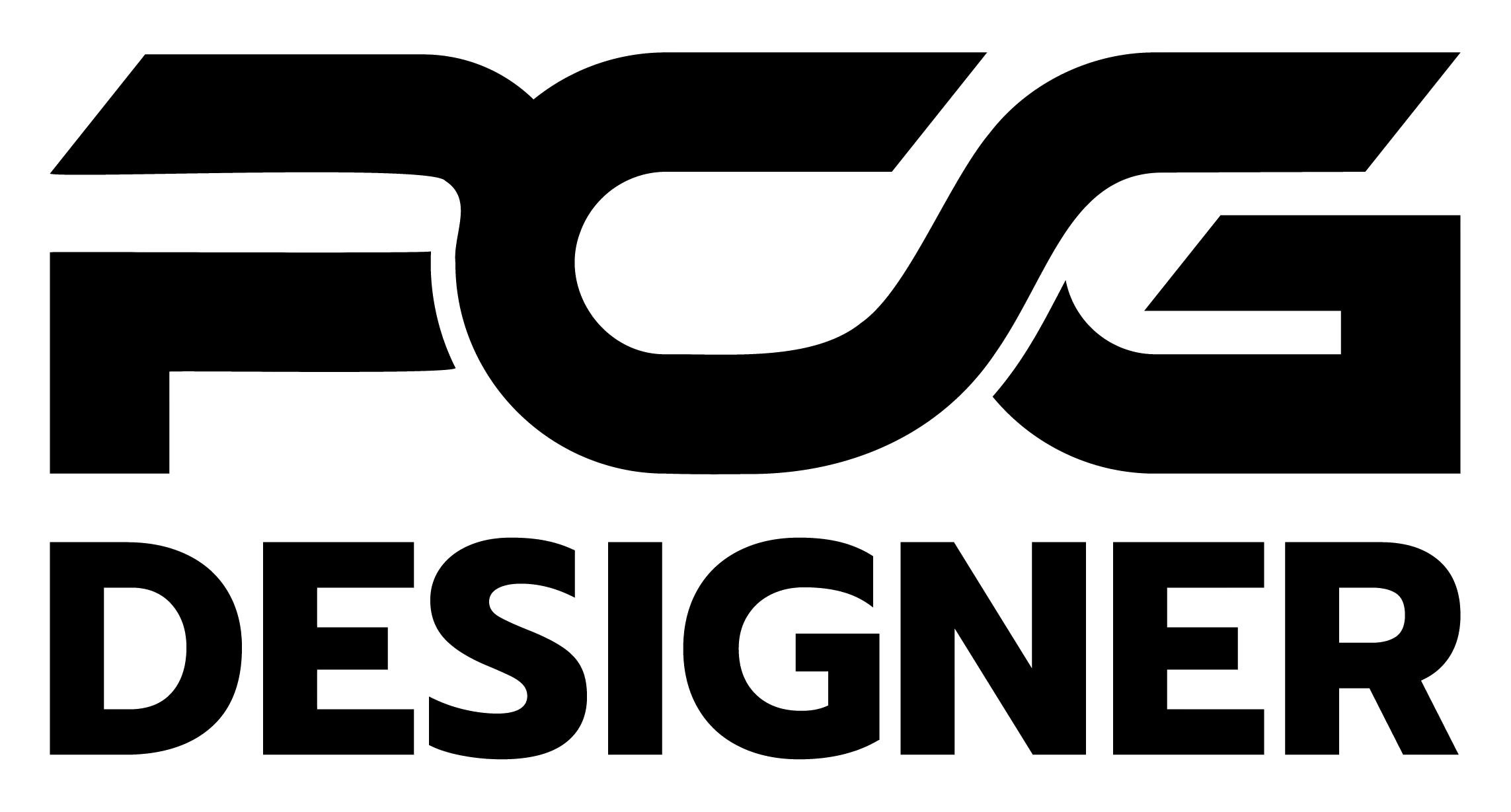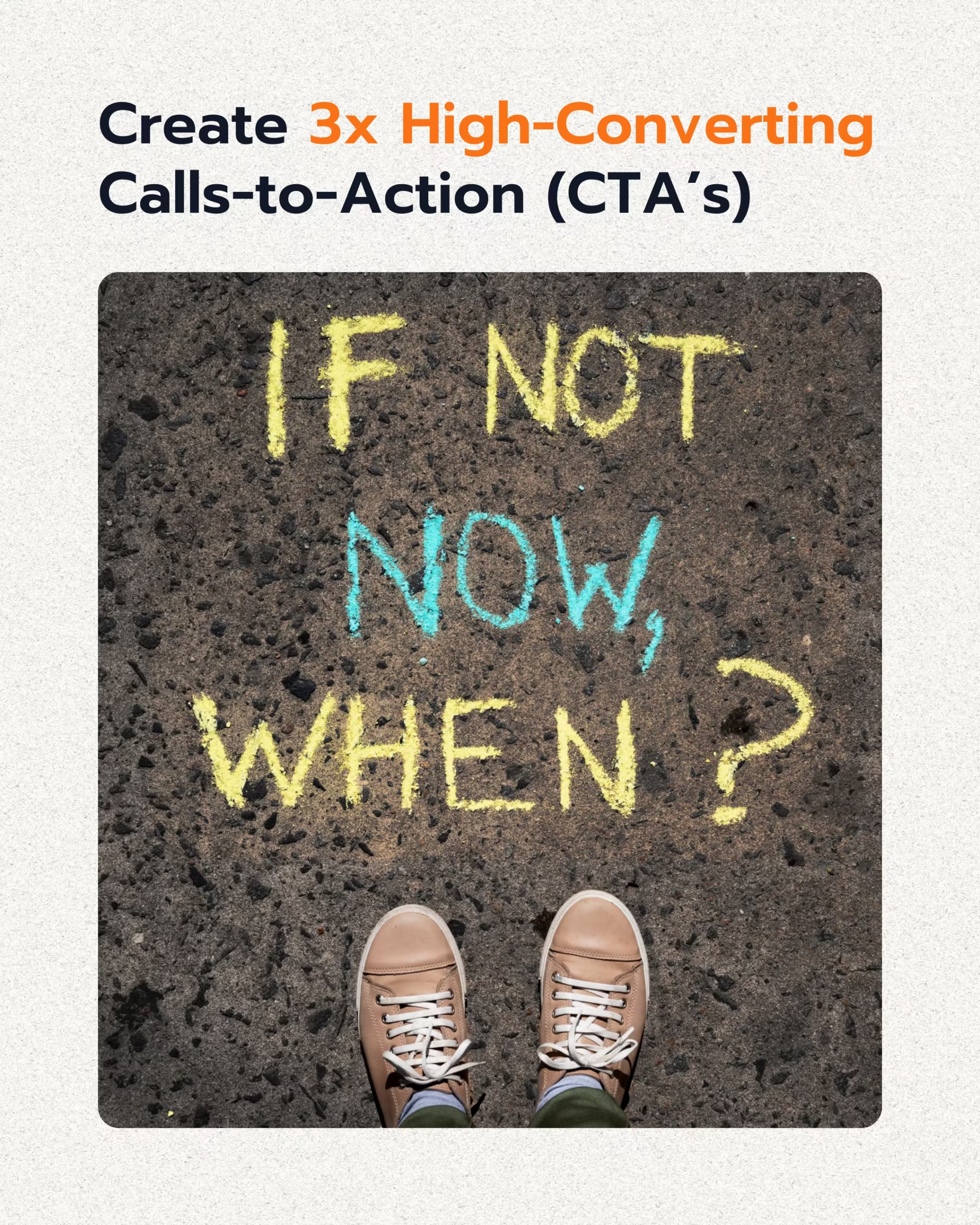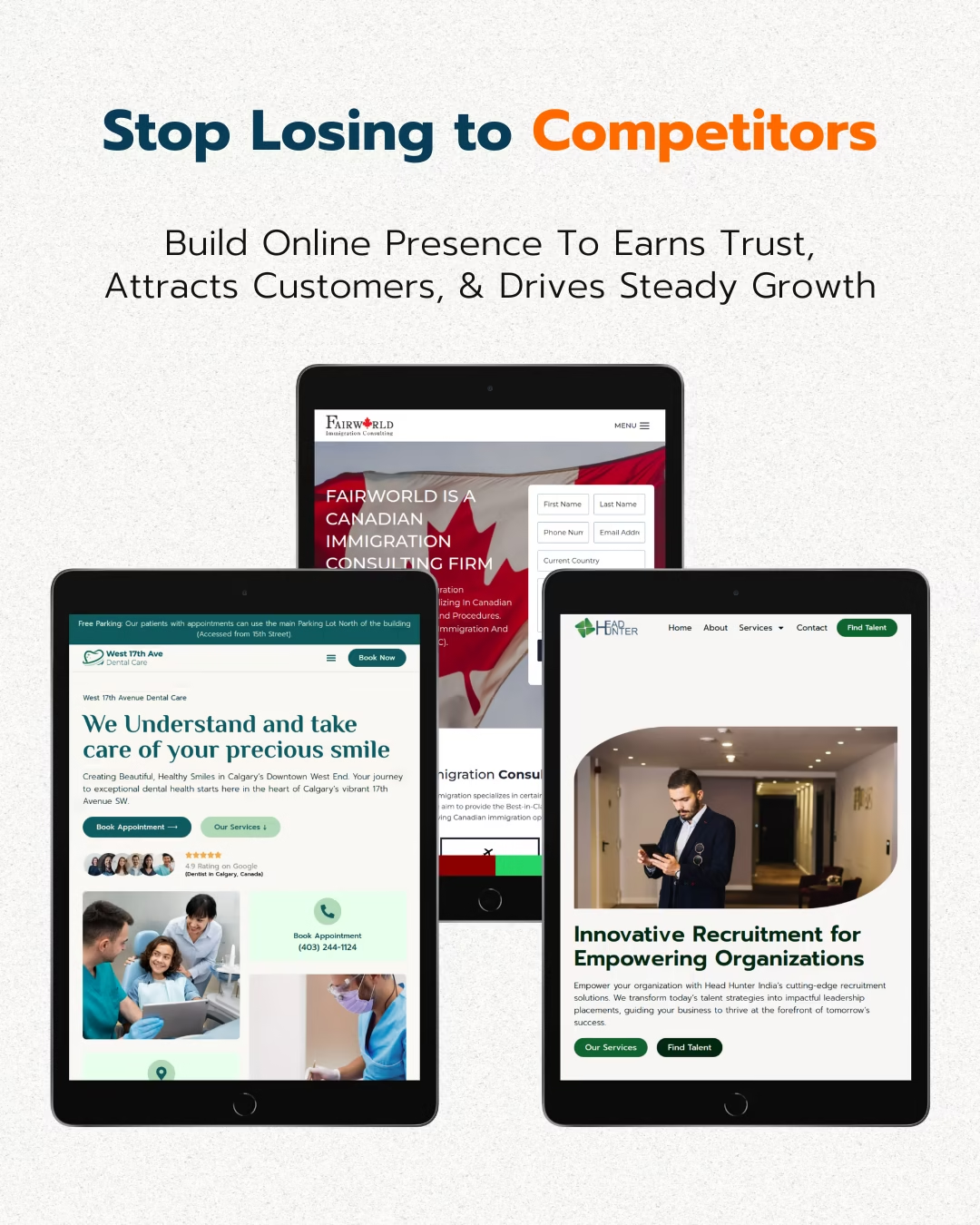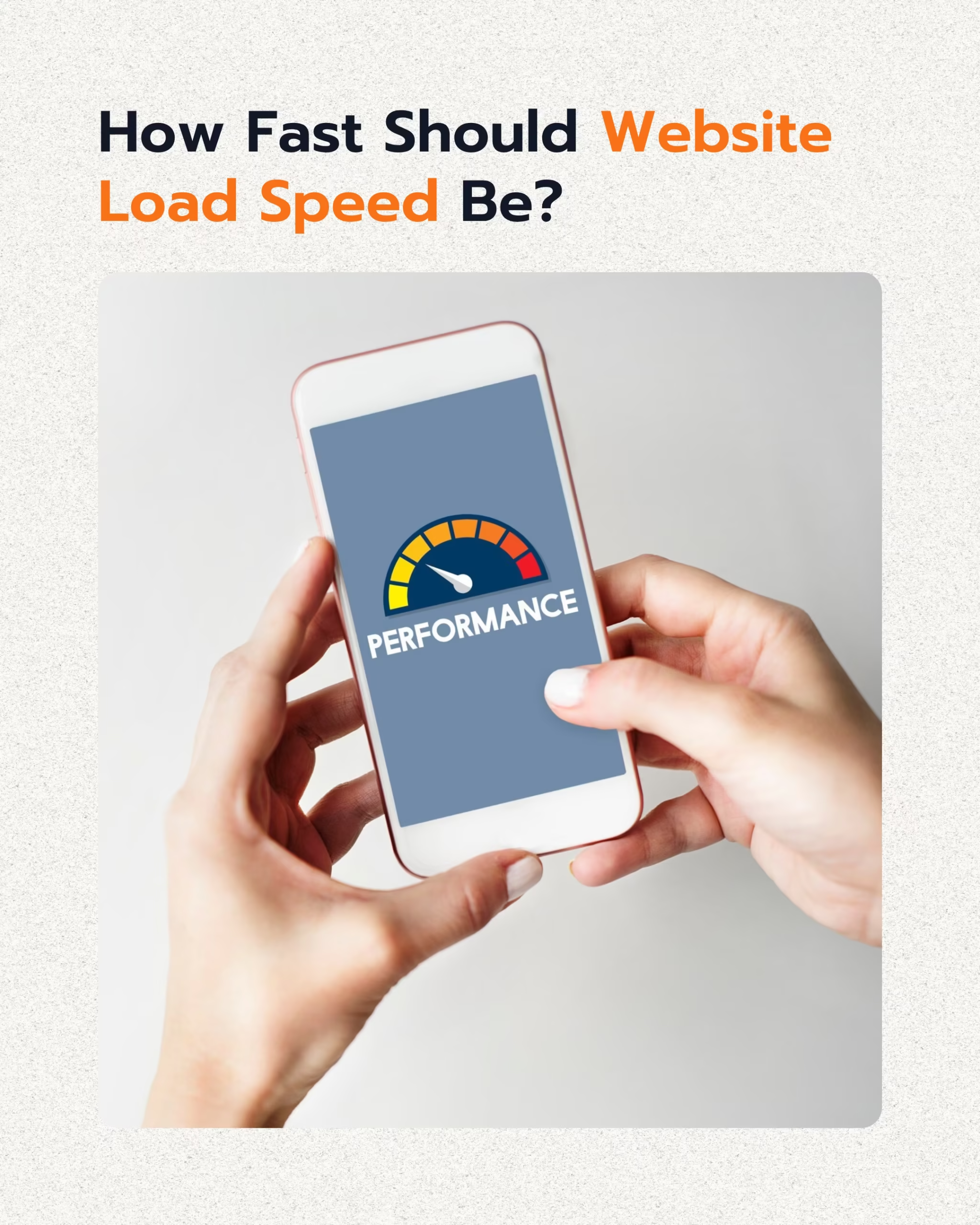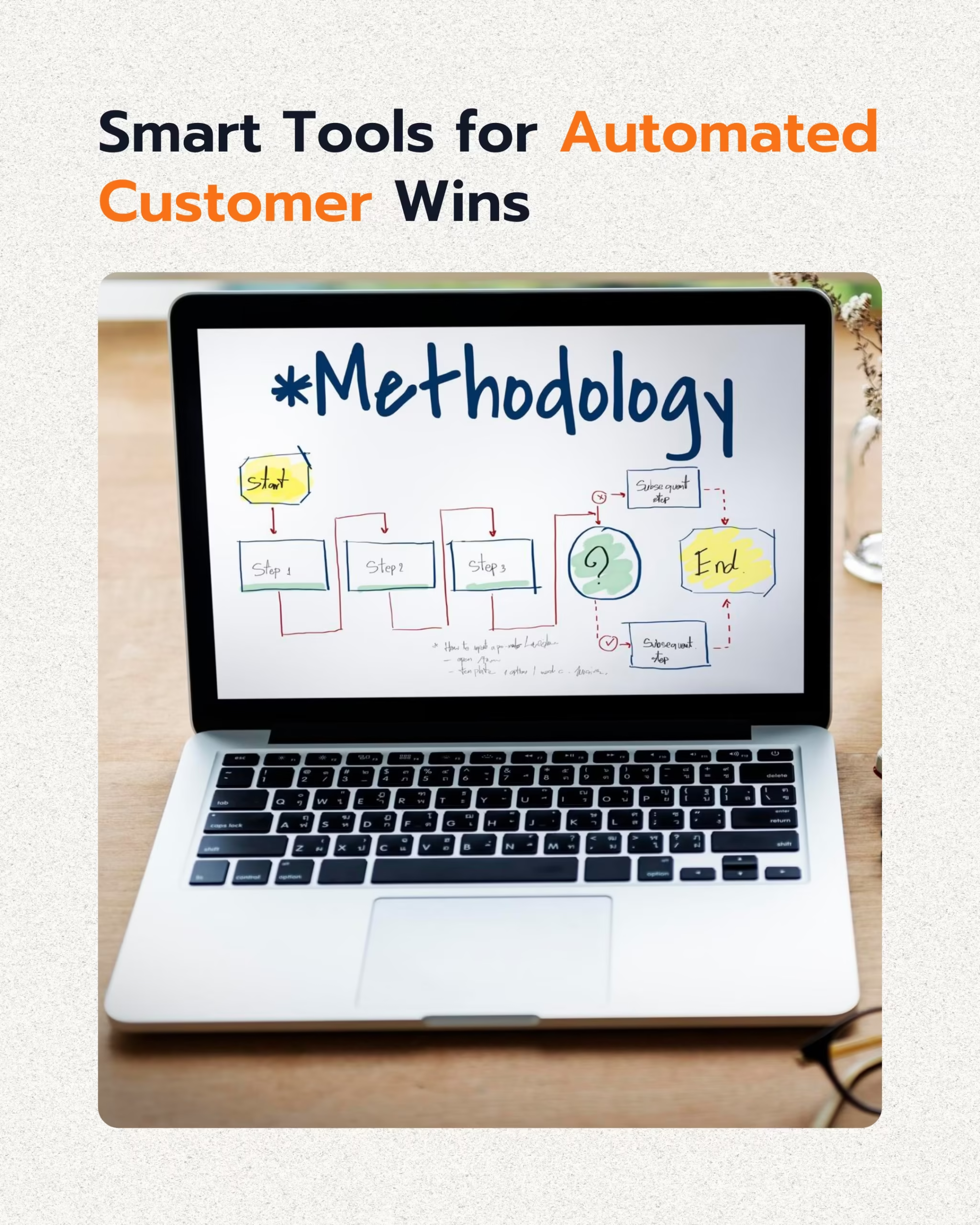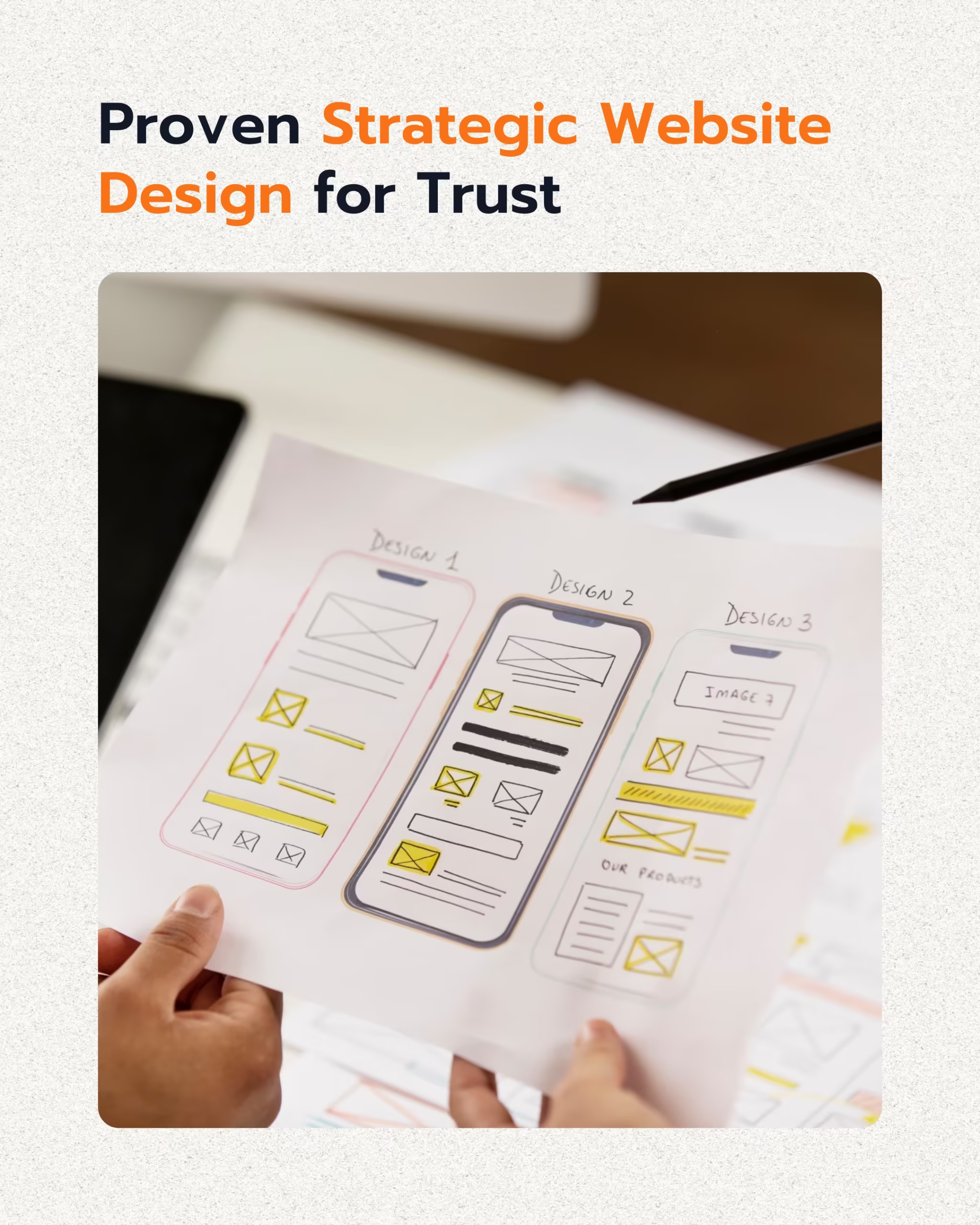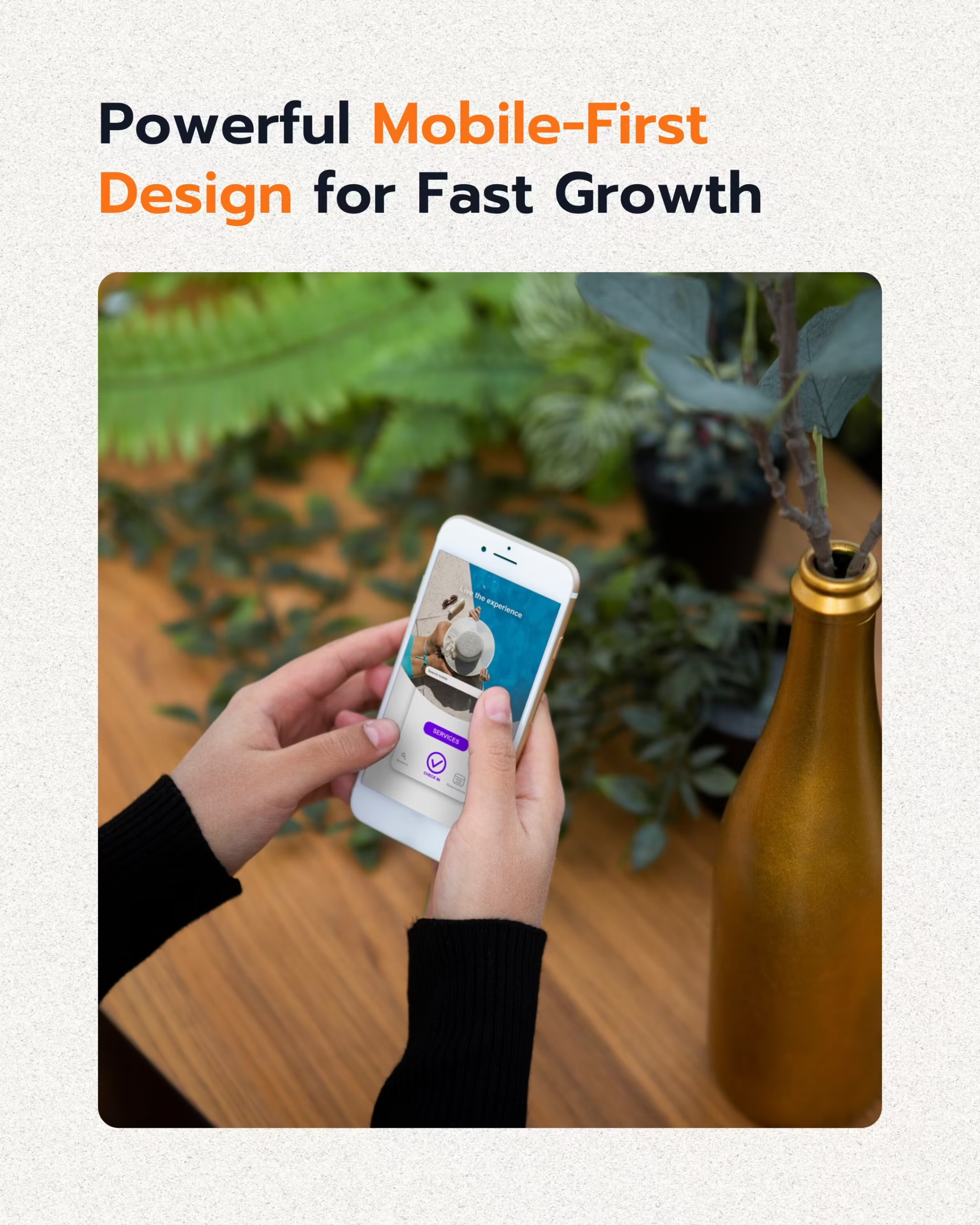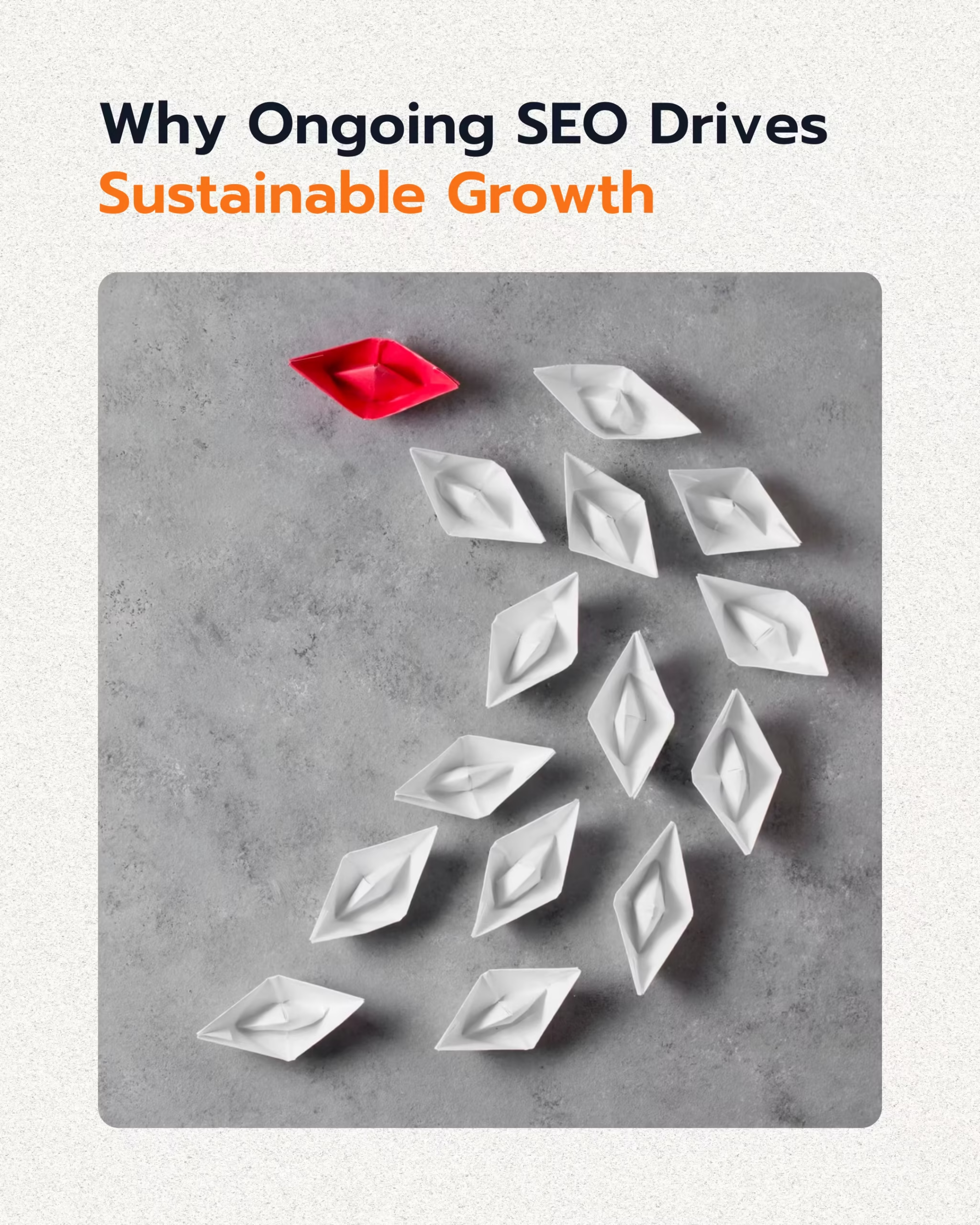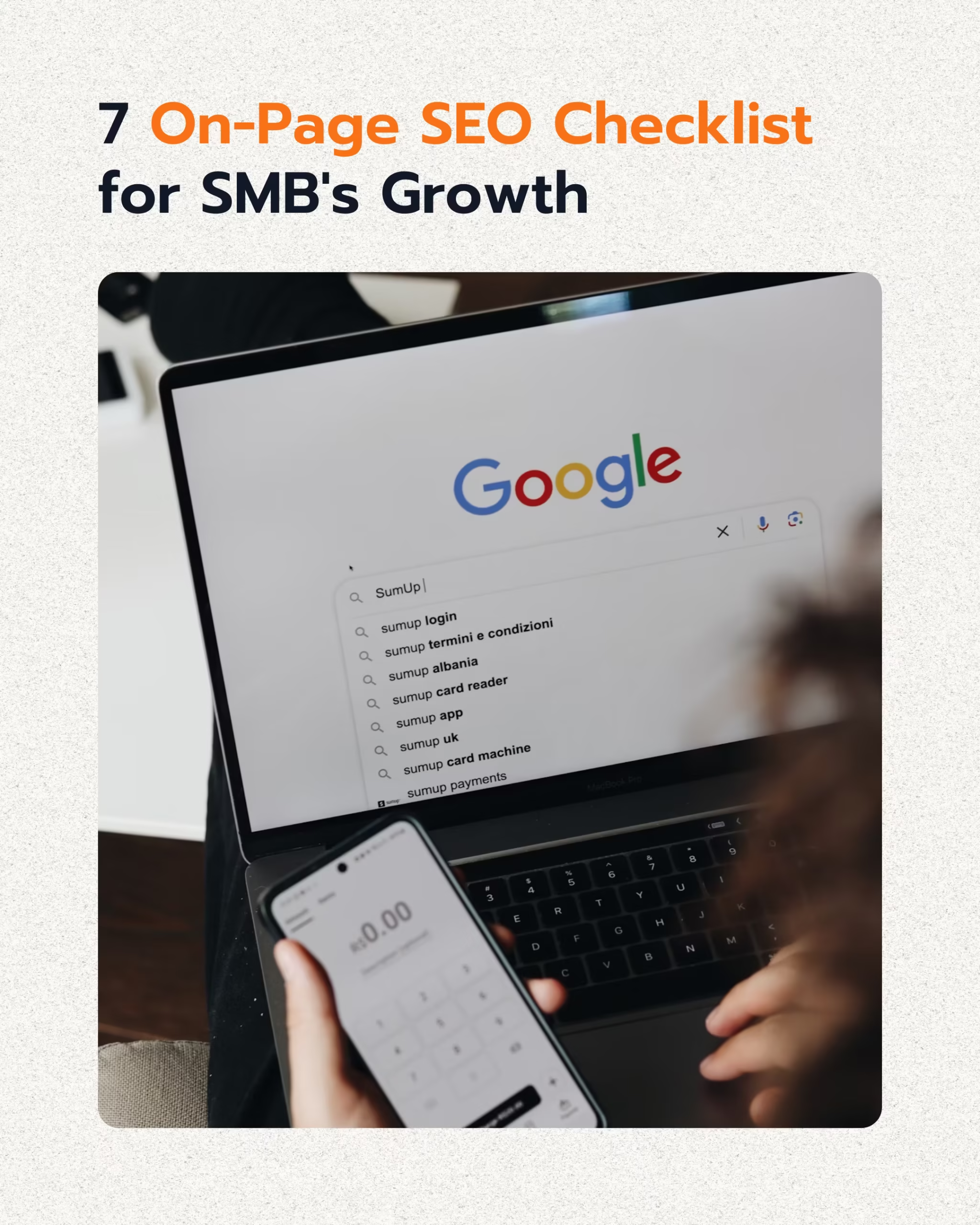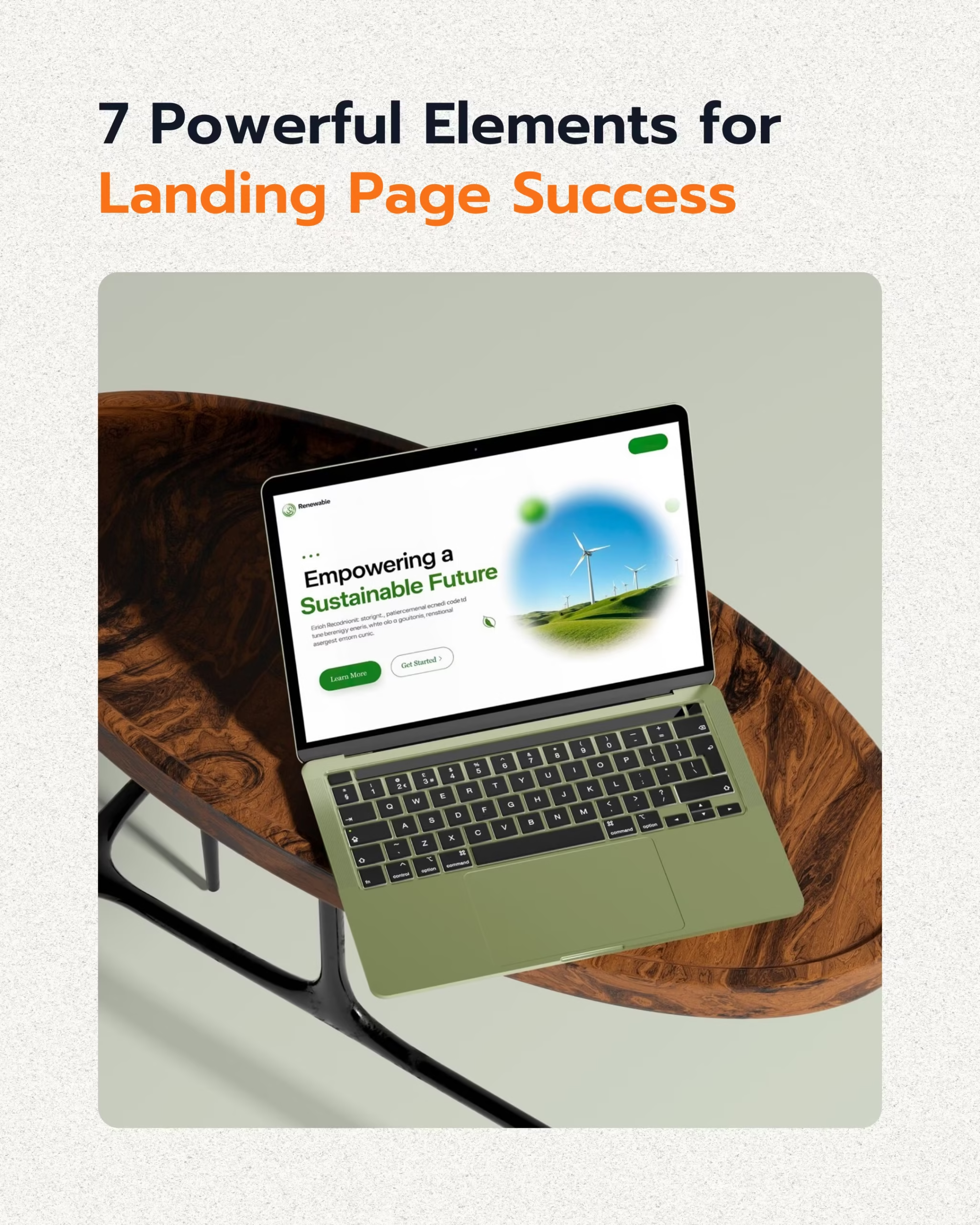A website’s success hinges on guiding visitors toward specific, desired actions. Clear calls-to-action (CTAs) are the essential navigational beacons that direct users, transforming passive browsers into active participants. They are not merely buttons; they are strategic prompts designed to convert interest into engagement, leads, and ultimately, revenue.
This guide PCG Designer Team explores why your website requires clear CTAs, delving into their impact on conversion rates, lead generation, and overall business growth. We examine best practices, real-world examples, and data-driven strategies to help you optimize your website’s performance and achieve your marketing objectives.
The Power of CTAs: Driving User Action
Clear calls-to-action are fundamental to any successful website, serving as the direct link between user interest and desired outcomes. They provide explicit instructions, eliminating guesswork and encouraging visitors to take the next logical step in their journey.
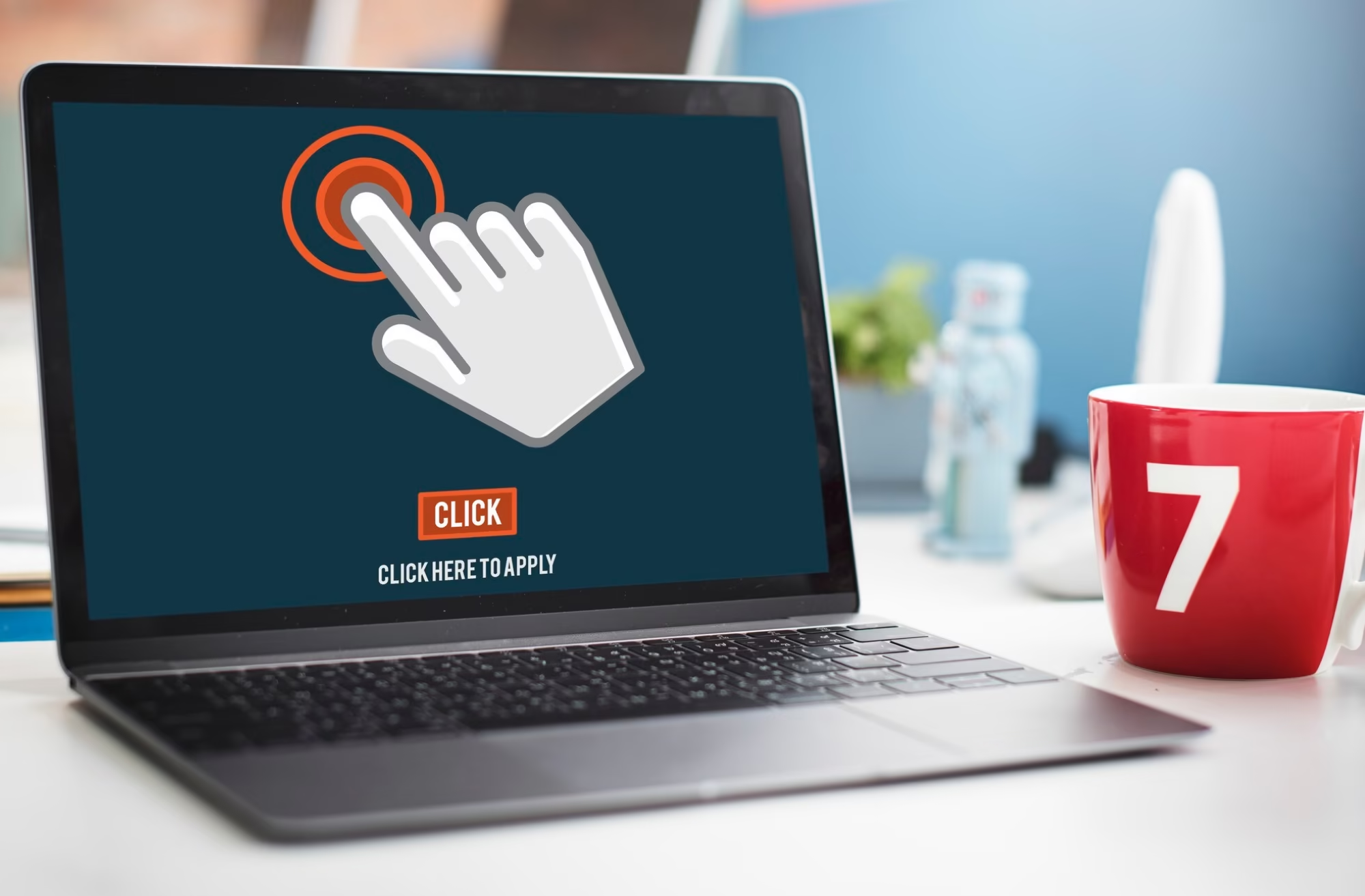
What are the Benefits of Clear CTAs in Conversion Rates?
Clear CTAs offer a multitude of benefits, directly contributing to a website’s effectiveness and profitability. They streamline the user experience and significantly improve conversion metrics.
- Increased Conversion Rates: A specific, clear CTA can boost conversions by 161% compared to unclear CTAs, according to Wiser Notify. This direct impact on conversions translates into more leads, sales, or sign-ups.
- Improved User Experience: CTAs guide users effortlessly through the website, reducing friction and decision fatigue. When users know what to do next, they are more likely to complete tasks.
- Enhanced Lead Generation: CTAs like “Download our Ebook” or “Get a Free Quote” are crucial for capturing contact information and nurturing potential customers through the sales funnel.
- Higher Engagement: Well-designed CTAs encourage interaction, prompting users to explore more content, watch videos, or participate in surveys, deepening their connection with your brand.
Why Your Website Needs Clear CTAs for Revenue Growth
The financial impact of optimized CTAs is substantial. They are a direct driver of revenue, turning website traffic into tangible business results. For example, relevant and well-placed CTAs can increase revenue by an average of 83% for digital marketing campaigns, as reported by Sender.net.
- Direct Path to Purchase: CTAs like “Buy Now” or “Add to Cart” are essential for e-commerce, directly facilitating transactions. Without clear direction, potential sales are lost.
- Monetization of Content: For content-driven sites, CTAs can lead to subscriptions, premium content access, or affiliate purchases, turning informational value into income.
- Reduced Bounce Rates: By providing a clear next step, CTAs keep users engaged on your site longer, reducing the likelihood they will leave without taking action.
Key Statistics on CTA Effectiveness
Data consistently shows the significant return on investment from optimizing CTAs. These statistics highlight why your website must prioritize their clarity and design.
| Optimization Tactic | Conversion Rate Increase | Source |
|---|---|---|
| Specific, Clear CTA | 161% | Wiser Notify |
| Personalized CTAs | 202% | Wiser Notify, Amra & Elma |
| Adding Urgency to CTAs | 332% | Wiser Notify |
| Optimal Placement (e.g., end of product pages) | 70% | Wiser Notify |
Strategic Placement for Maximum Impact
The effectiveness of a CTA is not solely dependent on its wording; its placement on a webpage plays an equally crucial role. Strategic positioning ensures that the CTA is visible, timely, and relevant to the user’s current stage in their browsing journey.
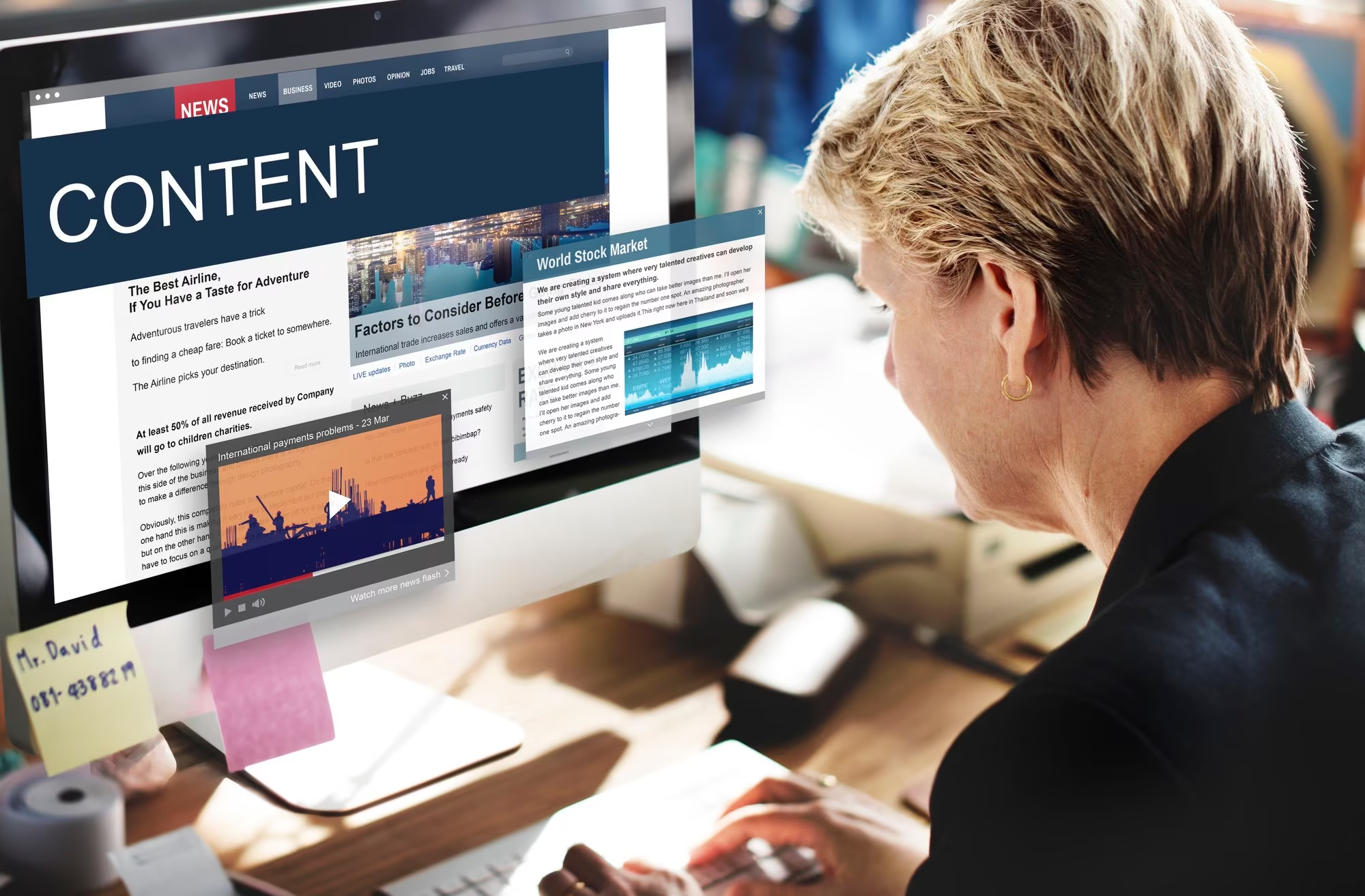
Where to Place Your CTAs
Optimal CTA placement varies depending on the page type, content length, and user intent. Understanding these nuances helps maximize click-through rates and conversions.
- Above the Fold: For critical, high-intent actions, placing a CTA immediately visible without scrolling (above the fold) is essential. This captures attention instantly, especially on landing pages.
- End of Content/Product Pages: After users have consumed information or reviewed a product, they are often ready to take the next step. CTAs at the end of blog posts (e.g., “Subscribe Now”) or product descriptions (e.g., “Add to Cart”) are highly effective. Wiser Notify indicates CTAs placed at the end of product pages increase conversion rates by 70%.
- Within Content: Embedding CTAs naturally within the body of content, rather than in sidebars, yields 121% higher conversion rates, according to Sender.net. This allows for contextual relevance.
- Pop-ups and Exit-Intent: While sometimes intrusive, well-timed pop-ups or exit-intent CTAs can be highly effective. Full-page popup CTAs can yield up to 13.6% conversion for content downloads, as noted by First Page Sage.
Why Your Website Benefits from Varied Placement
Different placements cater to different user behaviors and stages of the customer journey, ensuring that a CTA is available when the user is most receptive.
- Catching Diverse User Intent: Some users arrive ready to convert, while others need more information. Varied placements address both, from immediate “Buy Now” buttons to “Learn More” links within informational content.
- Reinforcing Action: Repeating a CTA or offering related CTAs at different points on a page can reinforce the desired action without overwhelming the user. Mezzi effectively uses repeated “Sign up” buttons paired with value propositions, as highlighted by Amra & Elma.
- Optimizing for Mobile: Mobile users scroll differently. Placement must be optimized for smaller screens, ensuring CTAs are easily tappable and visible without excessive scrolling.
Examples of Effective Placement Strategies
Observing how successful companies strategically place their CTAs provides valuable insights for your website.
- Wise’s Homepage: Wise (formerly TransferWise) uses three strong, bottom-funnel CTAs (“Open an account,” “Send money,” “Register”) prominently on its homepage. This strategy targets prequalified, motivated visitors, reducing friction for those ready to transact, as discussed by Unbounce.
- Slack’s Landing Pages: Slack combines motivational language with multiple CTAs like “Try for free” and “Talk To Sales” strategically placed throughout their pages. This guides users through different stages of their customer journey, linking immediate action to long-term benefits, according to Unbounce.
- Blog Post CTAs: Many industry blogs, such as those from HubSpot, embed CTAs for related content downloads or newsletter subscriptions within their articles, ensuring relevance and capturing leads at the point of interest.
Crafting Compelling CTA Copy
Beyond placement, the language used in your CTAs is paramount. Compelling copy inspires confidence, creates urgency, and clearly communicates the value proposition, making the desired action irresistible to the user.
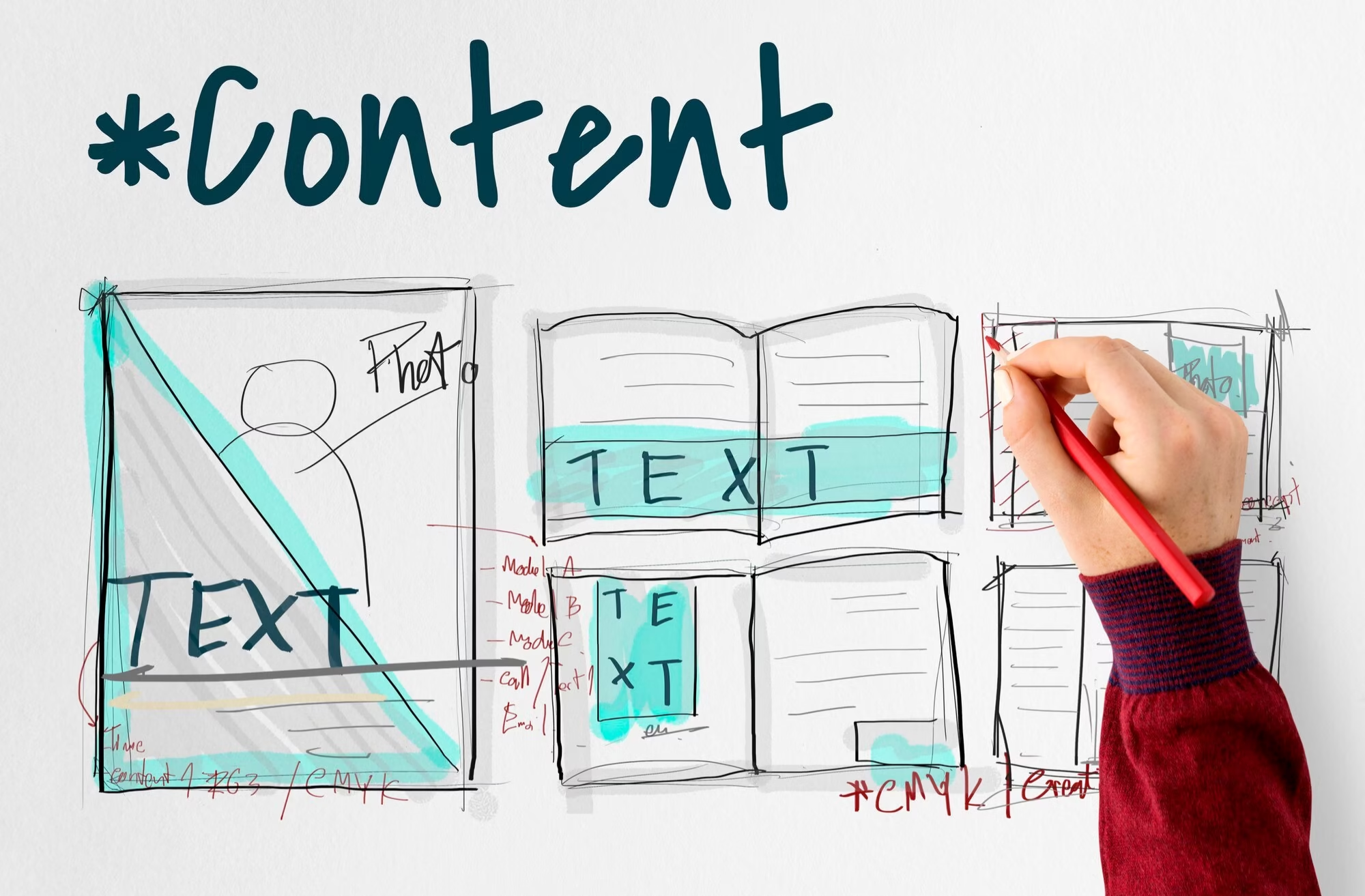
Elements of Strong CTA Copy
Effective CTA copy is concise, action-oriented, and benefit-driven. It answers the user’s implicit question: “What’s in it for me?”
- Action-Oriented Verbs: Use strong verbs that inspire immediate action. Examples include “Get,” “Start,” “Try,” “Explore,” or “Sign up.” These verbs reduce friction and guide users decisively, as suggested by Amra & Elma.
- Benefit-Driven Language: Highlight the immediate benefit or outcome of clicking. Instead of “Submit,” use “Get Your Free Report” or “Start Saving Today.”
- Urgency and Scarcity: Phrases like “Limited Time Offer,” “Only 3 Left,” or “Ends Soon” can create a sense of urgency, driving a massive 332% increase in conversion rates, according to Wiser Notify.
- Clarity and Conciseness: Keep CTA text brief and to the point. Users should instantly understand what will happen after they click.
Why Your Website Needs Specific Wording
Generic CTAs underperform because they fail to resonate with user intent or convey value. Specific wording directly addresses user needs and motivations.
- Reduces Ambiguity: Vague terms like “Click Here” offer no value or direction. Specific CTAs like “Download the Guide” clearly state the outcome.
- Aligns with User Intent: Tailoring CTA language to the user’s stage in the buying journey (e.g., “Learn More” for early stages, “Buy Now” for late stages) improves relevance.
- Builds Trust: Transparent and honest CTA copy builds trust. Users appreciate knowing exactly what they are committing to.
Examples of High-Converting CTA Phrases
Learning from successful examples helps in crafting your own compelling CTAs.
- “Create a website you’re proud of” (Wix): This CTA appeals to user emotion and purpose, framing the action as a personal achievement, which increases engagement and conversions, as noted by Unbounce.
- “Start Your Build” (Yama): This personalized CTA empowers users and builds trust by linking action to a custom, transparent journey, crucial for high-investment sales, according to Amra & Elma.
- “Get actionable insights in less than five minutes” (Mezzi): This reinforces the primary CTA (“Sign up”) with a clear promise of quick value, effectively converting visitors, as highlighted by Amra & Elma.
- “Download Now & Get Started” (Software Trials): Combines immediate access with the promise of initiation, appealing to users eager to try a product.
Personalization and Audience Intent
Moving beyond generic CTAs, personalization tailors the call to action to the individual user or segment, significantly increasing its relevance and effectiveness. Understanding audience intent is the foundation for successful personalization.

How Personalization Boosts CTA Performance
Personalized CTAs are not just a trend; they are a proven strategy for higher conversions, directly addressing the unique needs and interests of your audience.
- Higher Conversion Rates: Personalized CTAs convert 202% better than generic ones, demonstrating the power of tailored messages, according to Wiser Notify and Amra & Elma.
- Increased Relevance: When a CTA speaks directly to a user’s pain point, browsing history, or demographic, it feels more relevant and less like a generic advertisement.
- Improved User Experience: Users appreciate content and offers that align with their interests, leading to a more positive and engaging website experience.
Why Your Website Needs to Match CTAs to User Journey
Different users are at different stages of their decision-making process. A one-size-fits-all CTA will inevitably miss opportunities to convert a significant portion of your audience.
- Awareness Stage: Users are just discovering a problem or need. CTAs should be soft, focusing on education: “Learn More,” “Read Our Guide.”
- Consideration Stage: Users are researching solutions. CTAs should offer more detailed information or comparisons: “Download Whitepaper,” “Compare Features.”
- Decision Stage: Users are ready to choose a solution. CTAs should be direct and conversion-focused: “Buy Now,” “Get a Free Demo,” “Sign Up.”
Examples of Personalized CTAs in Action
Companies that successfully implement personalization see significant gains in engagement and conversion.
- Returning Visitor CTAs: A user who has previously downloaded an ebook might see a CTA for a free trial instead of another ebook download. This progression guides them further down the funnel.
- Geographic-Specific Offers: A website might display a CTA for “Find a Store Near You” or “Local Deals” based on the user’s IP address, making the offer highly relevant.
- Role-Based Content: For B2B sites, a CTA might change based on the detected user role (e.g., “Solutions for Marketers” vs. “Solutions for Developers”), leading to tailored content and offers.
- Abandoned Cart Reminders: E-commerce sites often use personalized CTAs in emails or on-site pop-ups to remind users about items left in their cart, often including incentives like “Complete Your Order & Get 10% Off.”
Measuring and Optimizing CTA Performance
The work doesn’t stop once CTAs are implemented. Continuous measurement and optimization are crucial to ensure they remain effective and contribute to your website’s evolving goals. This iterative process allows for data-driven improvements.

Key Metrics for CTA Performance
To effectively optimize your CTAs, you must track the right metrics. These provide insights into what is working and what needs improvement.
- Click-Through Rate (CTR): The percentage of users who click on your CTA out of those who view it. A higher CTR indicates a compelling CTA.
- Conversion Rate: The percentage of users who complete the desired action after clicking the CTA (e.g., making a purchase, filling out a form). This is the ultimate measure of effectiveness.
- Bounce Rate: If users click a CTA and immediately leave the destination page, it suggests a mismatch between the CTA’s promise and the landing page’s content.
- Time on Page/Site: A longer duration after clicking a CTA can indicate higher engagement with the subsequent content or offer.
Why Your Website Needs A/B Testing for CTAs
A/B testing is indispensable for identifying the most effective CTA elements. It removes guesswork and bases decisions on empirical data.
- Button Color: Changing just the color of the CTA button can boost conversions by 21%, while increasing button size can raise click-through rates by 90%, according to Wiser Notify.
- Copy Variations: Testing different action verbs, benefit statements, or urgency phrases helps pinpoint what resonates most with your audience.
- Placement and Size: Experimenting with where CTAs appear on a page and their visual prominence can significantly impact performance.
- Design Elements: Testing different fonts, icons, or surrounding white space can also influence user interaction.
Optimization Strategies for Better CTAs
Beyond A/B testing, several strategies contribute to ongoing CTA optimization.
- Heatmaps and Session Recordings: Tools like Hotjar can show where users click, scroll, and spend time, revealing if CTAs are being noticed and interacted with.
- User Feedback: Directly asking users why they did or didn’t click a CTA can provide qualitative insights that quantitative data might miss.
- Competitor Analysis: Observing successful CTA strategies of competitors can inspire new ideas for testing on your own site.
- Continuous Iteration: Optimization is an ongoing process. Regularly review performance data and implement new tests to keep CTAs fresh and effective.
Common CTA Mistakes to Avoid
While the importance of clear CTAs is evident, many websites still fall into common traps that hinder their effectiveness. Avoiding these pitfalls is as crucial as implementing best practices.
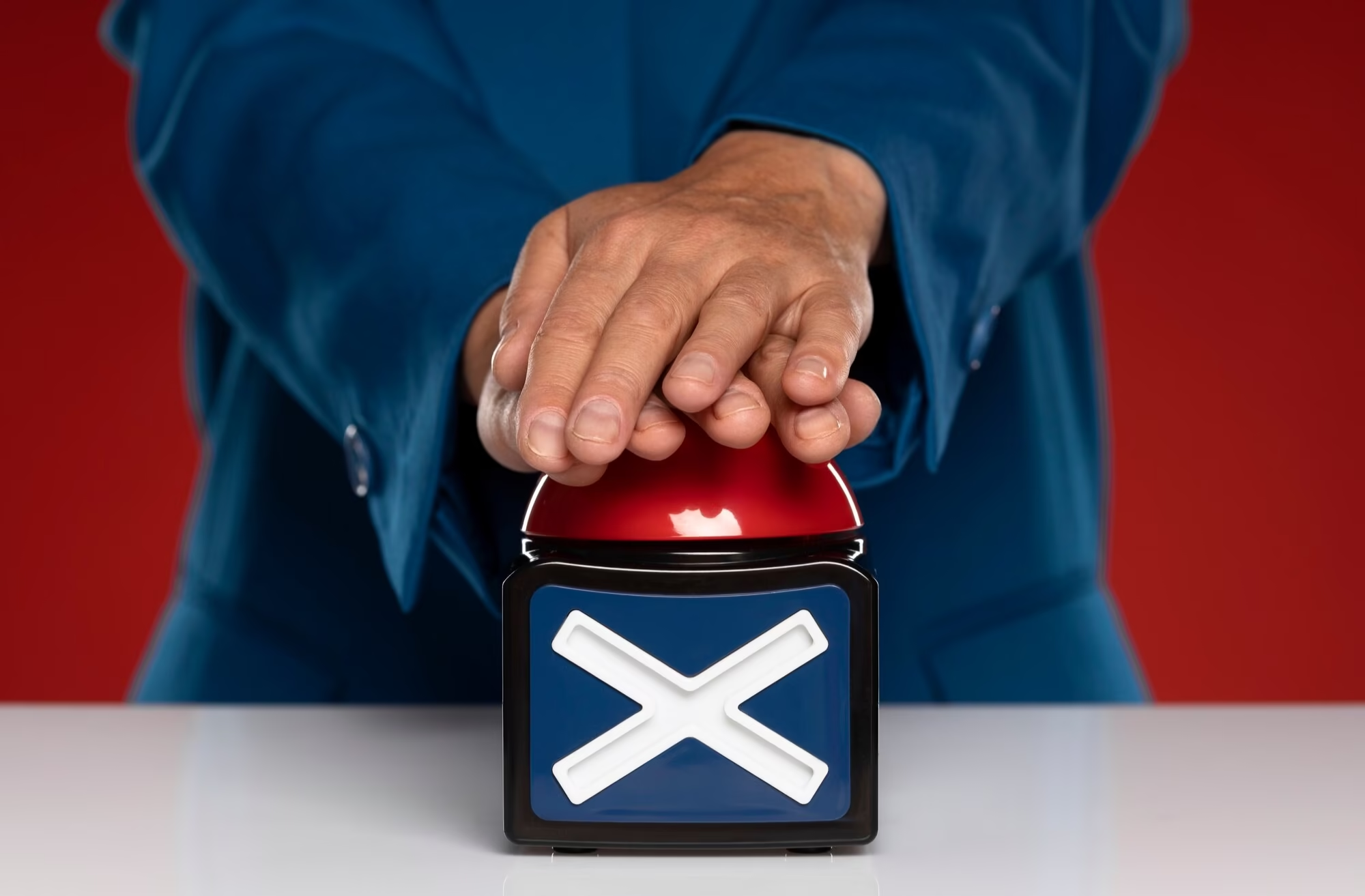
What are Common CTA Errors?
Recognizing and rectifying these mistakes can significantly improve your website’s conversion rates and user experience.
- Vague or Generic Language: Using “Click Here” or “Submit” provides no value or context, leaving users unsure of the outcome.
- Lack of Prominence: CTAs that blend into the background, are too small, or are hidden below the fold are easily missed.
- Too Many CTAs: Overloading a page with multiple, competing CTAs can overwhelm users and lead to decision paralysis.
- Misleading CTAs: If the CTA promises one thing but the landing page delivers another, it erodes trust and increases bounce rates.
- Lack of Urgency or Value: Without a clear benefit or a reason to act now, users may defer clicking, often forgetting to return.
Why Your Website Should Avoid These Mistakes
These errors directly impact user engagement, conversion rates, and ultimately, your website’s ability to achieve its objectives.
- Reduced Conversions: Each mistake acts as a barrier, preventing users from taking the desired action, leading to lost opportunities.
- Poor User Experience: Confusing or overwhelming CTAs frustrate users, making them more likely to leave your site.
- Damaged Brand Credibility: Misleading CTAs or those that lead to irrelevant content can harm your brand’s reputation and trustworthiness.
- Inefficient Marketing Spend: If your CTAs are ineffective, all the effort and money invested in driving traffic to your site are wasted.
How to Prevent CTA Pitfalls
Proactive measures and a user-centric approach can help you avoid common CTA mistakes.
- Focus on Clarity: Always prioritize clear, concise, and benefit-driven language. Ask yourself: “Does the user immediately understand what happens next and why it benefits them?”
- Ensure Visual Hierarchy: Make your CTAs stand out through contrasting colors, appropriate sizing, and surrounding white space. The color of the CTA button alone can boost conversions by 21%, as per Wiser Notify.
- Limit Choices: For most pages, focus on one primary CTA. If multiple actions are necessary, ensure they are clearly differentiated and hierarchically organized.
- Align Promise with Reality: Always ensure that the landing page content directly fulfills the promise made by the CTA.
- Test and Iterate: Regularly A/B test different CTA variations to identify what works best for your audience, continuously refining your approach based on data.
Frequently Asked Questions (FAQ)
How do I make my CTAs more effective?
To make CTAs more effective, focus on clear, action-oriented language that highlights a benefit. Personalize them to your audience’s intent and strategically place them where users are most receptive. A/B test different elements like color, size, and copy to optimize performance.
What are the best practices for CTA design?
Best practices for CTA design include using contrasting colors to make them stand out, ensuring they are large enough to be easily clickable, and incorporating white space around them for visual prominence. The color of a CTA button can boost conversions by 21%, as noted by Wiser Notify.
Why should I use personalized CTAs on my website?
You should use personalized CTAs because they convert 202% better than generic ones, according to Wiser Notify. They increase relevance by tailoring the message to individual user behavior, demographics, or stage in the customer journey, leading to higher engagement and conversions.
When to place CTAs within content versus sidebars?
Place CTAs within content when they are contextually relevant to the surrounding text, as this yields 121% higher conversion rates than sidebars, according to Sender.net. Sidebars are generally less effective for primary conversion goals but can work for secondary actions like newsletter sign-ups.
What is a good conversion rate for a CTA?
A good conversion rate for a CTA varies by industry and CTA type, but average page conversion rates hover around 2.4%. Top-performing sites achieve 11.5% or higher, as reported by Sixth City Marketing. The goal is continuous improvement through testing.
How does urgency affect CTA performance?
Adding urgency to CTAs, such as “Limited Time Offer” or “Ends Soon,” can drive a massive 332% increase in conversion rates, according to Wiser Notify. It motivates users to act immediately rather than delaying, capitalizing on the fear of missing out.
Can CTA button color impact conversions?
Yes, changing just the color of the CTA button can boost conversions by 21%, as per Wiser Notify. The key is to use a color that contrasts with the surrounding elements, making the button visually prominent and drawing the user’s eye.
What are some examples of strong action verbs for CTAs?
Strong action verbs for CTAs include “Get,” “Start,” “Try,” “Explore,” “Sign up,” “Download,” “Discover,” “Join,” and “Shop.” These verbs clearly instruct the user and imply an immediate benefit or outcome, as recommended by Amra & Elma.
How do I avoid generic CTAs?
Avoid generic CTAs by focusing on the specific benefit the user receives. Instead of “Submit,” use “Get Your Free Ebook.” Instead of “Click Here,” use “Start Your Free Trial.” Always communicate value and clarity, as exemplified by companies like Wix with their “Create a website you’re proud of” CTA, according to Unbounce.
Should I use multiple CTAs on one page?
Using multiple CTAs is acceptable if they serve different purposes or target different stages of the user journey, but avoid overwhelming users. For example, a primary “Buy Now” and a secondary “Learn More” can coexist. Wise effectively uses three strong bottom-funnel CTAs on its homepage to capture prequalified leads, as discussed by Unbounce.
What is the role of CTAs in lead generation?
CTAs are critical for lead generation as they prompt users to provide contact information in exchange for valuable resources. Examples include “Download Our Whitepaper,” “Sign Up for Our Newsletter,” or “Request a Demo.” They move prospects from passive browsing to active engagement, feeding your sales funnel.
How can I track the performance of my CTAs?
Track CTA performance using analytics tools like Google Analytics to monitor click-through rates, conversion rates, and bounce rates. Set up event tracking for each CTA to gain precise data on user interactions. A/B testing platforms also provide detailed insights into which CTA variations perform best.
Conclusion
Clear calls-to-action are indispensable for any website or business aiming to achieve its business objectives. They are the essential guides that transform website visitors into engaged users, leads, and loyal customers. From significantly boosting conversion rates by making the next steps obvious and compelling, to driving substantial revenue growth through strategic placement and compelling copy, CTAs are far more than just design elements.
By prioritizing clarity, strategic placement, personalized messaging, and continuous optimization through data-driven testing, your website can harness the full power of CTAs. This commitment ensures that every visitor is efficiently guided toward the desired action, maximizing your website’s performance and contributing directly to your overall success.
